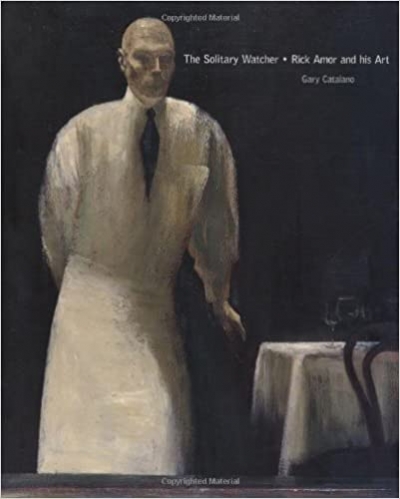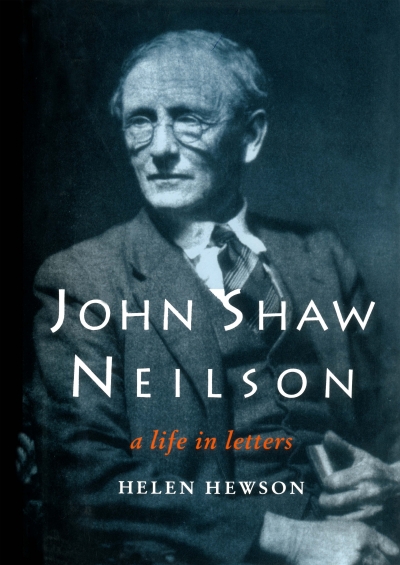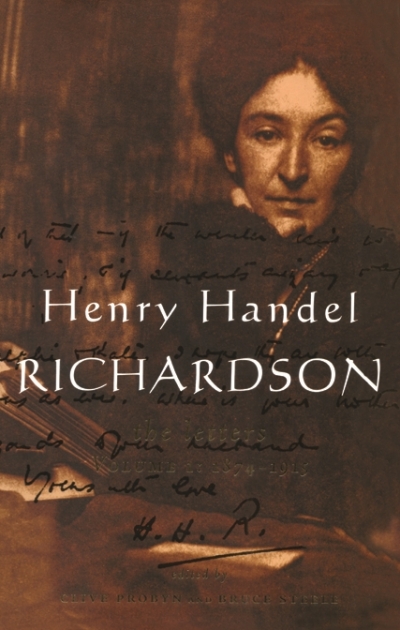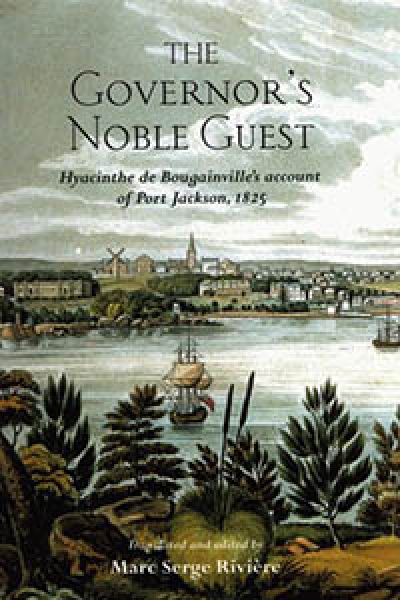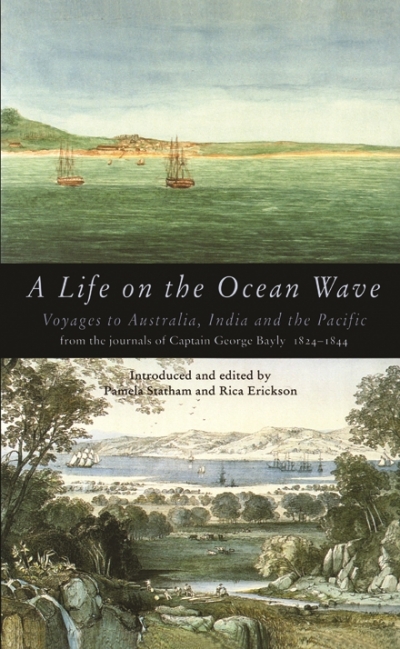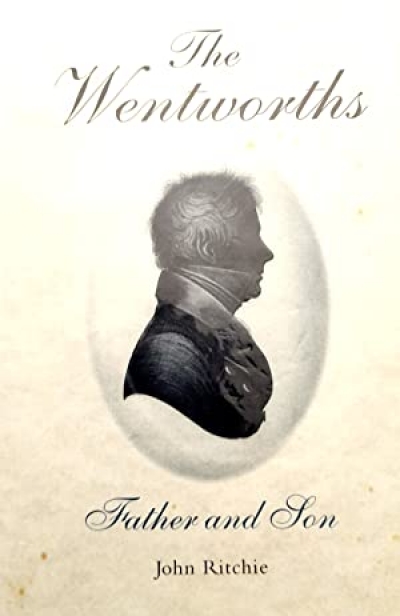Miegunyah Press
The Solitary Watcher: Rick Amor and his art by Gary Catalano
by Bernard Smith •
Henry Handel Richardson: The letters edited by Clive Probyn and Bruce Steele
by Laurie Clancy •
The Governor’s Noble Guest: Hyacinthe de Bougainville’s account of Port Jackson, 1825 edited by Marc Serge Rivière
by Alan Frost •
A Life on the Ocean Wave: Voyages to Australia, India and the Pacific from the journals of Captain George Bayly 1824–1844 edited by Pamela Statham and Rica Erickson
by Greg Dening •

